Students are curating content and impacting the world. Help them make the right choices with these 7 social media strategies.
Get Started for FREE
Sign up with Facebook Sign up with X
I don't have a Facebook or a X account
 Your new post is loading... Your new post is loading...
 Your new post is loading... Your new post is loading...

flea palmer's curator insight,
September 25, 2013 9:09 AM
You think it's gone forever ...but not necessarily!

Roberto Ivan Ramirez's curator insight,
July 16, 2013 7:38 PM
La importancia de reflexionar de manera cuidadosa y crítica sobre los pros y contras del uso de las redes sociales actualmente, es parte de una cibercultura que como sociedad tendremos que afrontar las consecuencias de no poder prevenir a tiempo ni a los usuarios ni a las instancias y organizaciones promotoras de estas herrmientas digitales sociales. Es necesario hacer campañas de difusión masiva para no caer bajo los controles mediáticos de las corporaciones y grupos criminales que pueden hacer mal uso para detectar personas y controlarlas mentalmente hablando. 
Sarah Salavert's curator insight,
March 5, 2016 8:18 AM
This article exhibits the danger of posting his life with everyone, on a social networks #socialnetworks #private #public #influence
Nikolaus Wood's curator insight,
May 24, 2013 12:50 PM
Business in terms of infomation technology is interesting. When education comes into the picture it becomes important to make sure that the product is actually useable for the students and that it can be used in a way that will benifite not only the students but also the teachers.

Ante Lauc's curator insight,
April 17, 2013 4:28 AM
We need the complete history of the world. For me History of philosophy by G. W. F. Hegel with insight that freedom is achieved by infinite MEDIation of will and knowledge is the solution of all our problems. 
choukri's curator insight,
April 18, 2013 6:11 AM
Données quantitatives sur les médias sociaux et historique à voir 
Zander Williment's curator insight,
August 22, 2014 11:32 PM
Rank 2:
This article is a simple yet great interactive infographic briefly outlining the major innovations which shaped todays social media landscape. The 3rd time period (2000's to present) is particulary relevant to my topic.
Z.

Randy D. Nichols's curator insight,
February 26, 2013 1:51 PM
As a complement to reading Nicholas Carr?
Joe T.'s curator insight,
February 26, 2013 2:00 PM
This is an advancement as previous websites of the 1.0 have not helped benefit young people. |

LibrarianLand's curator insight,
May 29, 2014 10:24 AM
According to this article there appears to be a difference between what teens and kids younger than teens prefer as far as social media platforms are concerned.

malek's curator insight,
April 28, 2014 10:15 AM
Big consultants are big for a reason. The IBMs and McKinseys of the world are used to looking at deep client data, including sales and CRM data. They can get their hands on both media data and client data directly. 
Rocio Watkins's curator insight,
April 30, 2014 10:28 PM
Where will Infotention lead? Thoughtful and futuristic read.

Maryalice Leister's curator insight,
September 26, 2013 8:33 AM
This ties in with cyberbullying when you consider the power of social media and how social engineering gives both those with good intentions and those whose purposes are not as golden a platform for control. Read and share!

Jessica Trcka's curator insight,
November 8, 2013 3:58 PM
Social Media is a very major topic that needs to be addressed in the health classroom. Students need to become aware of safety issues that may arise when using Social Media. This document reflects how Social Media is being utilized in the perspective of the teacher and student. Students should read this document and highlight and underline the main points and be prepared for a discussion about the topic of Social Media in the classroom.

Steph Alexandra's curator insight,
August 25, 2014 7:28 PM
"For the vast majority of teens, social and other digital communications media are a daily part of life."
Again, this statistic report shows the popularity of public profiling among teens from 13-17 years. 91% of teens have experience using social media, and 51% of teens use a social networking site daily. With such statistics we can consider the social pressures and influence that virtual communication and public profiling has on the younger generation. Though this article doesn't look at the positives and negatives of social media interaction for this particular age group, it is clear to see that having an active public profile on the web is common, if not expected of the younger generation, for the purpose of communication and web literacy.
In understanding how a younger generation operates and interprets public profiling, is to gain a better understanding of web systems, their function and purpose, and of the direction of today's society.
Amethyst Mayer's curator insight,
December 27, 2014 3:50 AM
This article provides insight obtained by research, on how teenagers in America perceive and use the internet regarding social media. 
Erica Laing's curator insight,
December 29, 2014 1:21 AM
Very interesting study on how teens view their social media accounts and online identity.

Ricard Garcia's curator insight,
June 11, 2013 4:23 AM
Pinterest is a vast source of possibilities for the classroom... here's a good article with different ways to make the best of it. 
AlGonzalezinfo's curator insight,
June 21, 2013 6:56 AM
This is a great example of how to use the Infographic format to educate and share knowledge with others. It make sense that a teacher would do it. Fantastic! 
Audrey's curator insight,
March 8, 2014 5:38 PM
Once you start using these two learning strategies teaching becomes a real pleasure as students will be teaching the topics. In addition they will be able to give evaluative and analytical commentary. Audrey for www.homeschoolsource.co.uk .
This certainly works for psychology at www.hotmoodle.com

Roger Grant's comment,
January 18, 2013 12:03 AM
Yes..Actulally the numbers are growing so fast and we are becoming so much dependent on internet
|



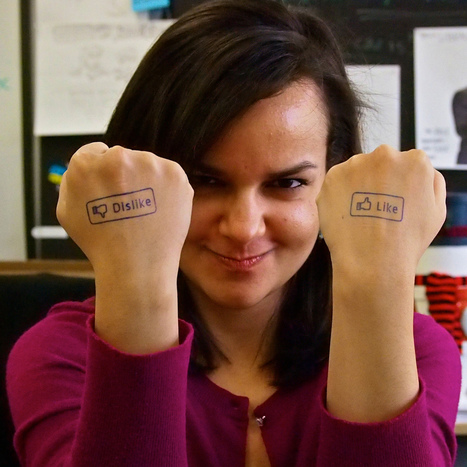


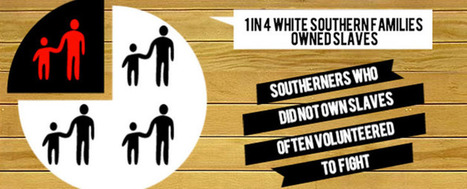



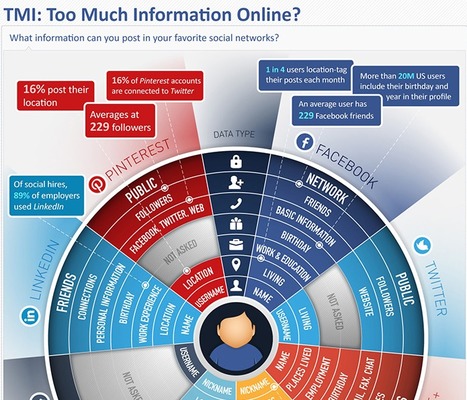
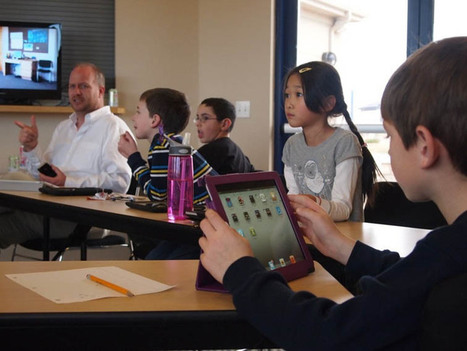

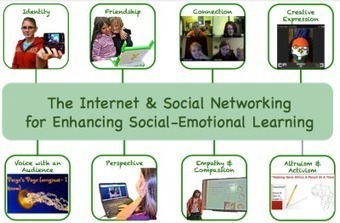

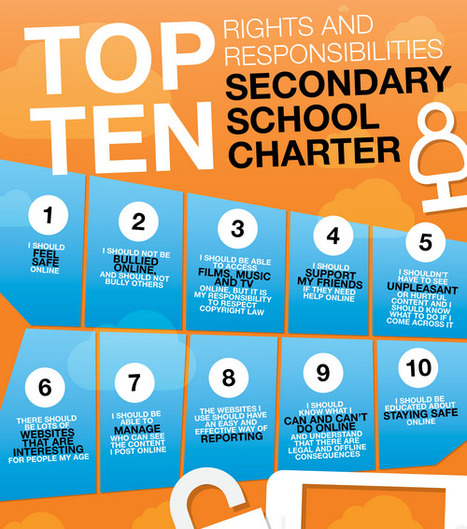

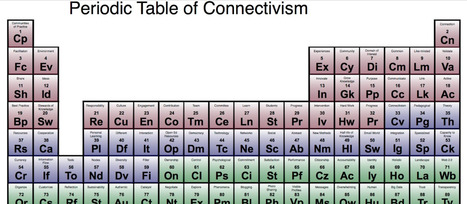

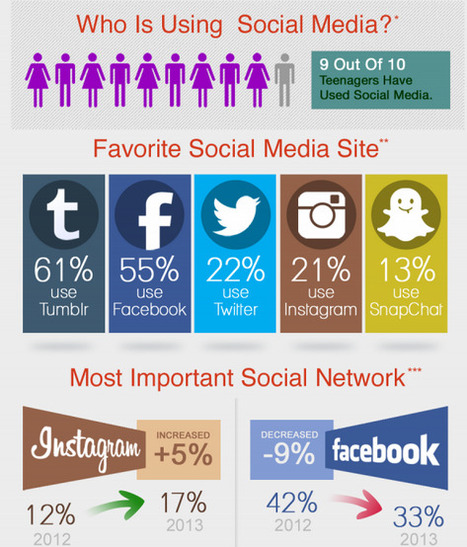
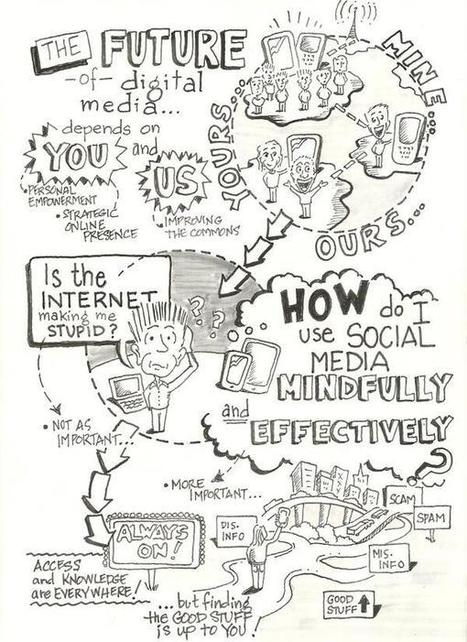

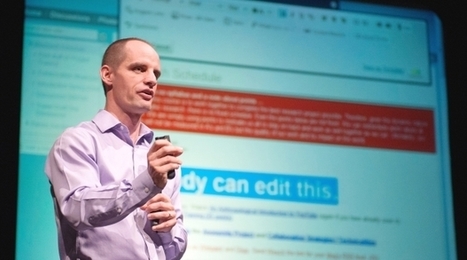
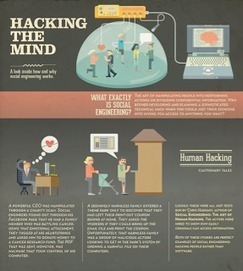
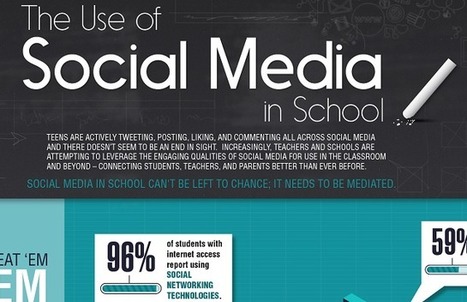
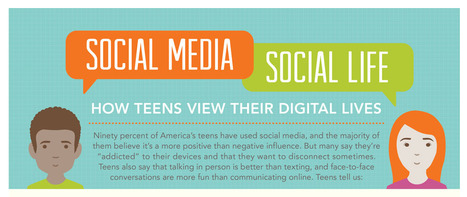
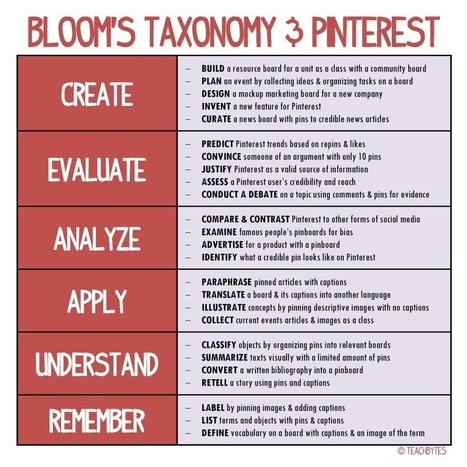
![Is Teaching Media Literacy Important? [POLL] | Eclectic Technology | Scoop.it](https://img.scoop.it/ncPwIPGzigyYdsSBHsZt1zl72eJkfbmt4t8yenImKBVvK0kTmF0xjctABnaLJIm9)
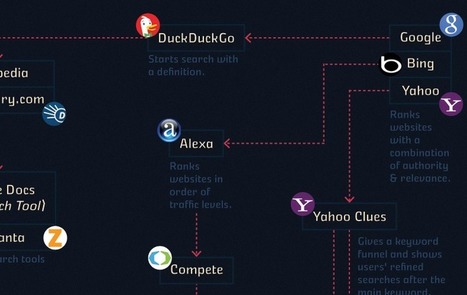
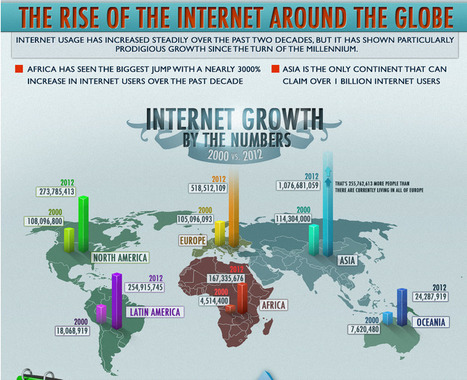






Today our students are online and often are not thinking about what they post, and the long-term impacts of their digital tattoo. In fact, teachers must also think about these same issues. This post looks at seven choices to consider:
* Think before you share (a message that Common Sense Media shares a 'think before you post' in a video for tweens and up that was put out by Flocabulary).
* Never respond in anger
* Understand the long term impact of your social shares
* Ask, "Why am I liking or retweeting this?"
* Avoid confrontation
* Try for the "Warm and Fuzzy" reward
* Change the world
Additional information is available in the post, and consider sharing this information with your students next year.